Here’s an updated equipment list of the current lenses and cameras I use and why.
If you’re just starting out, realize that today, you can’t really buy a bad camera. It’s just a matter of knowing which features you want. Canon and Nikon are considered the best options for DSLRs - I just happen to be with Nikon because it was on sale when I bought my first camera. Note that non-DSLRs are becoming more and more of an option now, especially with Fuji’s resurgence. Let’s start with a quick list of all the gear. Then I’ll break it down below.
Camera body: Nikon D700 Lenses: 28mm 1.8, 50mm 1.4, 85mm 1.8, 70-200mm 2.8
Camera Body
Nikon D700. Nothing much to say here. When I press on the button it takes a picture. It’s great for photographing low-light environments, such as wedding receptions or inside a whale. (I also went through the Nikon D40, D90, and D7000)
Lenses
1. Nikon 50mm 1.4G: portraits, weddings, lifestyle, low-light, close-ups, blurry backgrounds, everything really.
I use it for pretty much everything, from low-light indoor spaces to non-macro nature and detail shots, to portraits that show a bit of the environment the subjects are in. I use it a lot while travelling or just documenting everyday life. When I photograph groups of up to 5-6 people, I try to use this lens to avoid distortion. It’s a versatile standard focal length that is neither too wide nor too telephoto. And because it has 1) a wide aperture, 2) not too wide of a focal length, and 3) can focus relatively close to subjects, I often use this lens to create soft, blurry backgrounds.
When I only carry one lens with me, this is usually the one (it’s thus the first lens I’d buy if I were just starting out). Note that I’m not referring to the 1.4G specifically. Its predecessor (50mm 1.8D), which I also used a lot before upgrading, is almost as good. It’s smaller, and (relatively) ridiculously inexpensive at < 150$.
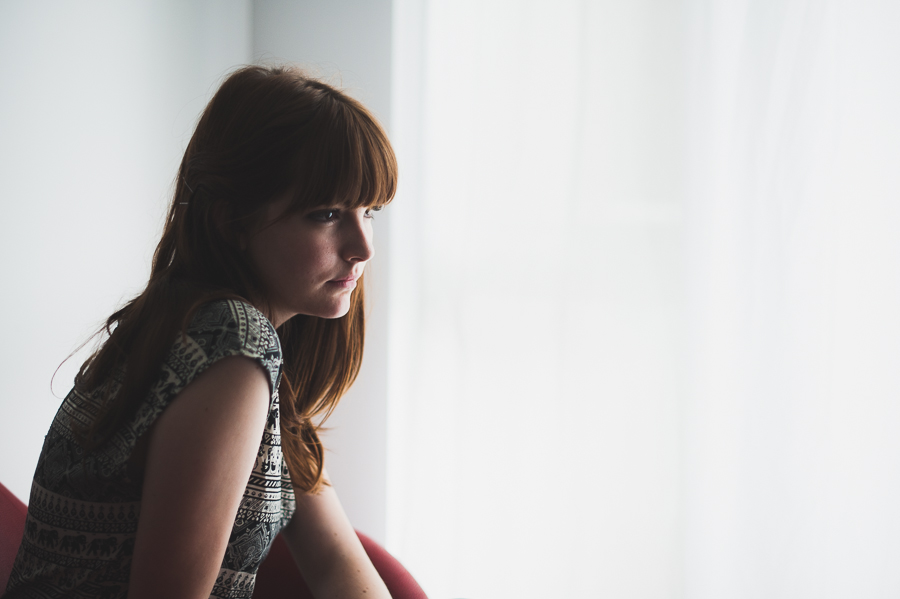
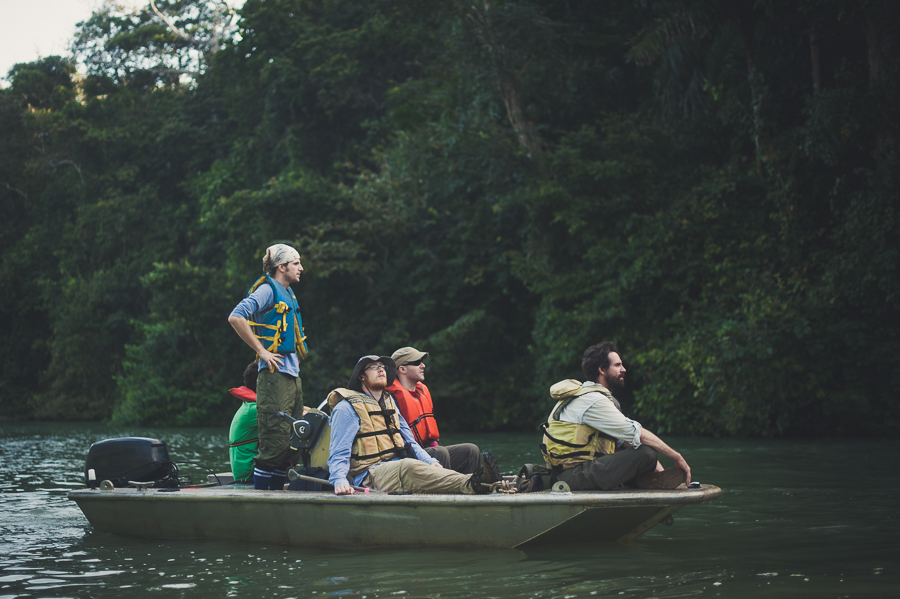
2. Nikon 28mm 1.8G: group shots, architecture, indoors, environmental portraits, some landscape
I’ll mostly use this lens when the 50mm isn’t wide enough. For example, if it’s a large group, and I don’t have enough space to back up and take a group portrait with the 50mm, then I switch to this one. If I want to show the entire church architecture at a wedding ceremony, I use this lens. But I also like to use this to show a bit more context in an environmental portrait. It’s also used a lot in events when I need to photograph people interacting with each other (cocktails, conferences, people around a dinner table, etc.). I get in close and sort of “join the circle” so that I don’t just see the backs of heads.
Wider lenses include more in the frame and it’s therefore harder to exclude distracting elements from shots. They also have more distortion, so I try to avoid having people placed on the edges of the frame when using this lens. Camera manufacturers often associate wide lenses with landscape photography, but I prefer doing the opposite and using telephoto lenses to compress the background.

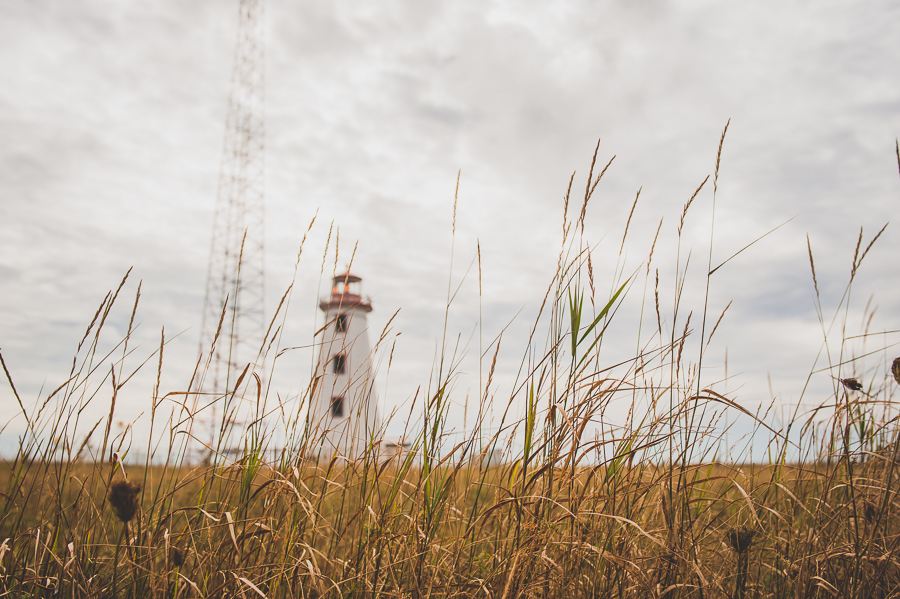
3. Nikon 85mm 1.8G: headshots, tight-portraits, beautiful blurry backgrounds, landscapes, outdoors
I love this lens. It can create even creamier backgrounds than the 50mm, but you need space to use it. I mostly use it for headshots and tight portraits now, and it does a great job at it. When I started out and photography was still just a hobby, I bought an 85mm and sold it shortly after since I wasn’t using it much, but it’s now back in the regular rotation. I also like to use this lens to isolate elements within a landscape. As a carry-around every day lens, it's a bit too long (telephoto). It can be used a lot outdoors, but indoors it may be too tight.
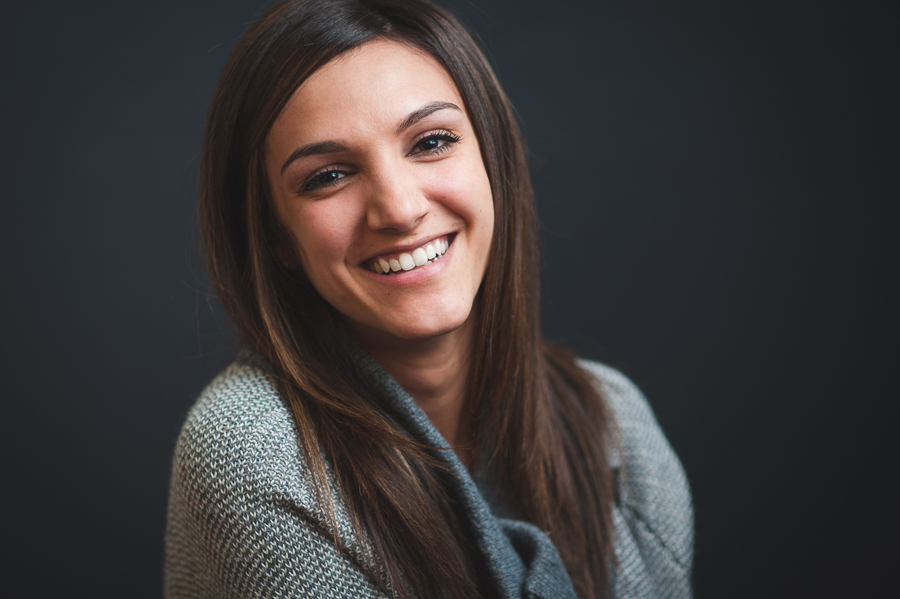
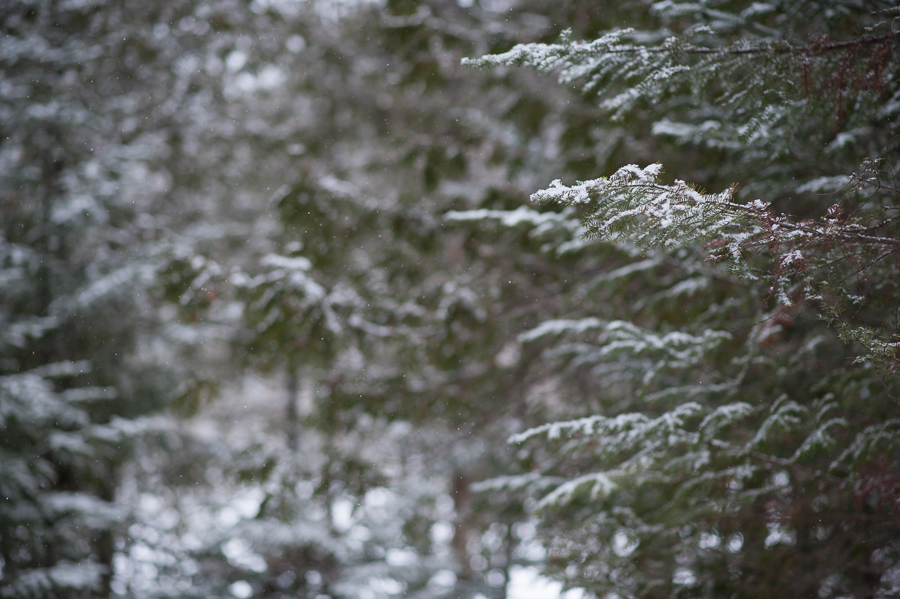
4. Nikon 70-200mm 2.8G: things (usually people) that are far away
A massive and expensive lens that I hate to carry around, but it's great for what it does. I only use it when I really need it, when I want to photograph something far away and can't get closer. Most of its uses for me are in weddings and events, when I need to capture someone's face/emotion/reaction from far away. This is also the lens I use when the random raccoon climbs up on the neighbour's roof.
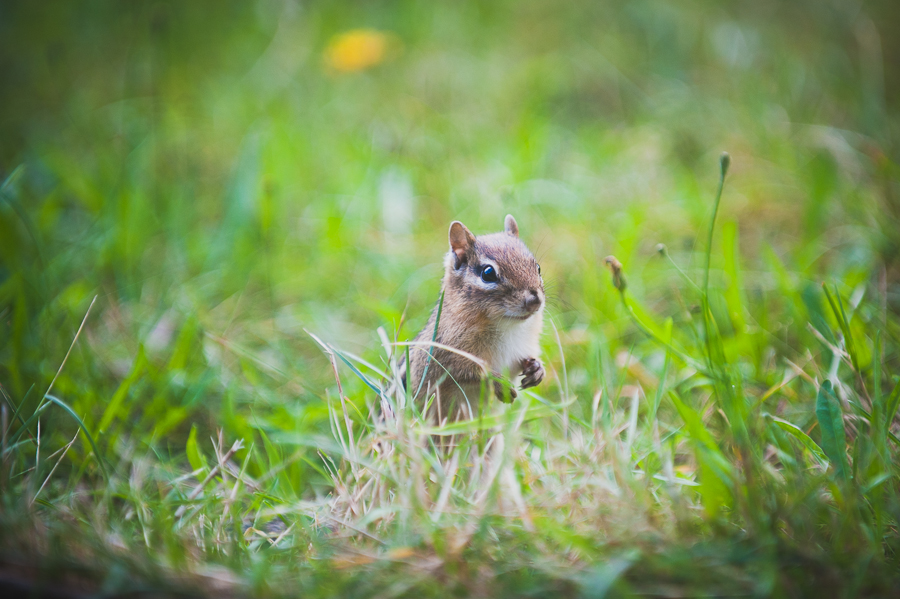
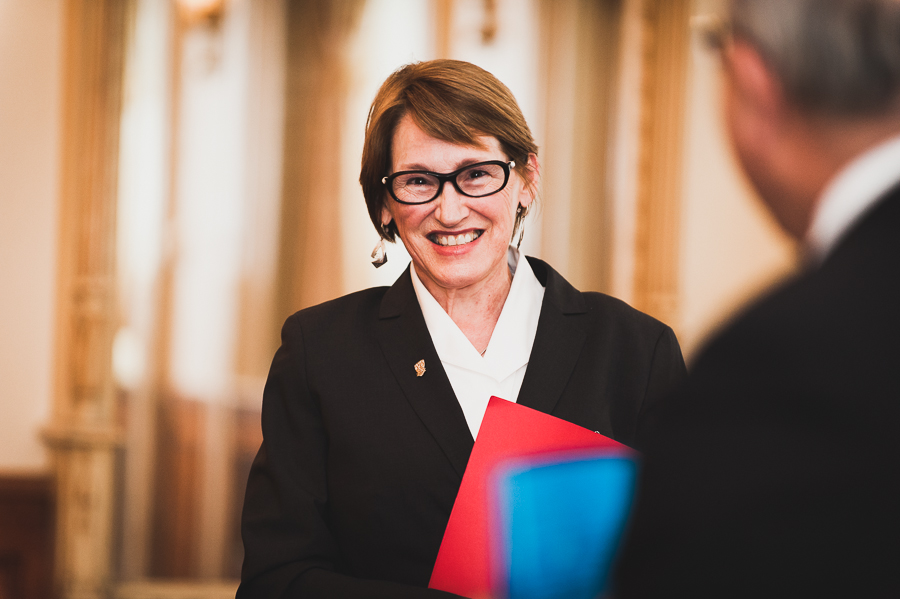
Let me know if you have any questions!
In a follow-up post, I'll talk about the photography equipment that REALLY matters to me: lighting equipment!
Talk to you soon!

